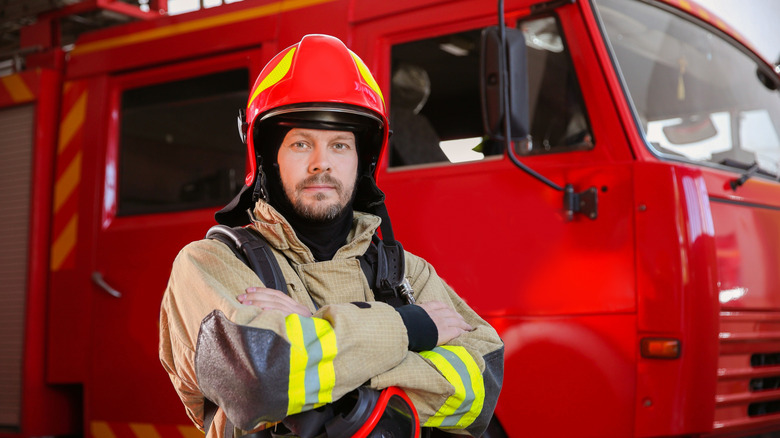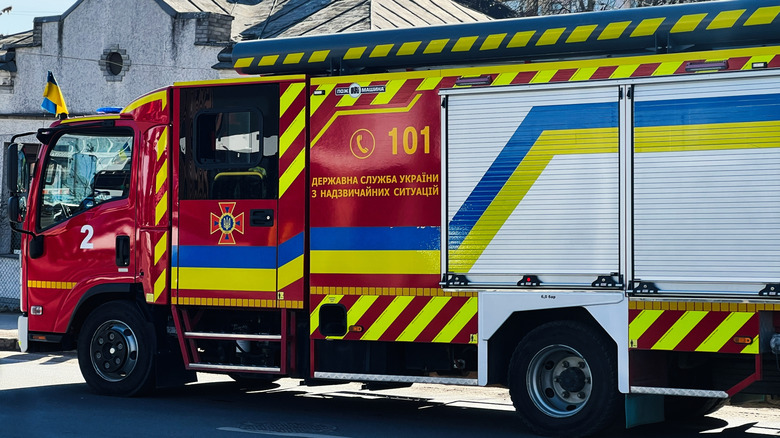Why Are Fire Trucks Red?
Each kind of commercial and emergency vehicle follows a certain color code or symbol. For instance, you will find a snake symbol on almost all ambulances, and the color of the school buses is always yellow. These vehicles follow a particular pattern in their design and color to help the public easily distinguish them from other vehicles on the road. Similar is the case with fire trucks, with most of them painted the same color — red.
Interestingly, it isn't that fire trucks are adhering to this color code only in certain countries—fire departments across the globe have almost all their fire trucks painted with the same red color. While red-colored fire trucks are easily distinguishable even in heavy traffic, fire departments are gradually shifting towards painting their trucks with many other colors, with lime-yellow being the most popular among them. There's an important scientific reason behind it, which ultimately prevents fire trucks from running into accidents.
Why is a fire truck red?
The reason behind the red color of fire trucks dates back more than a hundred years. In 1912, four years later after launching the Model T, Henry Ford introduced a new paint for his vehicles called "Japan Black." Along with being very durable, the color was cheaper than most of the colors on the market. Slowly, this color became standardized among all the vehicles present at that time. In fact, in 1914, Ford began a black-only policy, which continued till 1926, during which the company colored most of their vehicles black.
To ensure their trucks could easily be distinguished from other vehicles, fire departments decided to paint their trucks red, which was one of the most expensive colors at that time. Because of the high pricing, the color was not usually used on any other commercial vehicles. Additionally, the color was very eye-catching, which ensured that fire trucks could easily be spotted even in heavy traffic.
Why are fire trucks now coming in different colors?
Undoubtedly, red-colored fire trucks are easily recognizable even from long distances, but the color is not the brightest in low-lighting conditions, as Stephen Solomon, an optometrist, found in his research. He found that the lime-yellow color is more visible than any other color in low-lighting conditions. His research also concluded that red-colored fire trucks were involved in more intersection accidents compared to lime-yellow rigs.
This wasn't the first time such a report regarding the greater visibility of lime-yellow in dim lighting came to everyone's attention. In 1965, the Lanchester College of Technology and Coventry Fire Brigade found in their research that the lime-yellow color was more visible at night and inclement weather.
All these reports were taken seriously by many fire departments and the National Fire Protection Association (NFPA), which suggested fire departments paint their emergency vehicles lime-green or other greenish-yellow. The color shift wasn't just limited to the United States. Many other countries, including Great Britain, started repainting their fire trucks lime-yellow. However, there are still departments that continue to use the red fire trucks, but they need to make sure that their vehicles at least have bright yellow reflective strippings. The combination of red and yellow colors ensures their vehicles are easily visible during both day and nighttime.
Interestingly, fire trucks nowadays are not only limited to red and yellow colors. For instance, some fire trucks are painted white, whereas others are painted green. Despite the color, all fire trucks ultimately serve the same purpose — fight fire.


